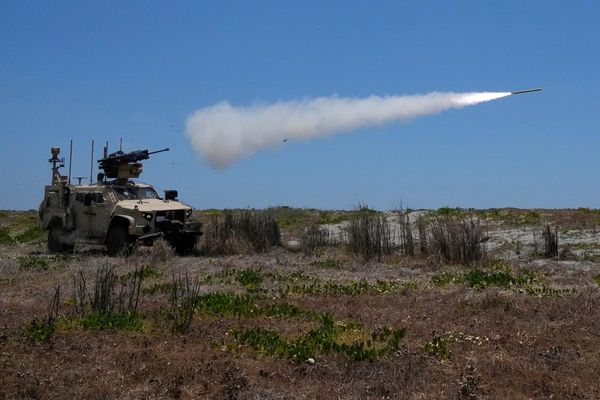
Hunter councils want a clear plan, more money and quick action from the state government's proposed economic transition authority.
The Newcastle Herald reported last week that Hunter Community Alliance and Hunter Jobs Alliance had labelled a proposed model for the government's Future Jobs and Investment Authorities scheme too bureaucratic and lacking in useful funding.
The government has published an issues paper on the FJIA which forecasts a $25 million annual budget to be shared across the four coalmining regions of Hunter, Illawarra, Central West and North West.
The issues paper has attracted 80 submissions.
The Hunter Joint Organisation, which represents the region's 10 councils, wrote in its submission that the government must allocate the transition program "significantly" more than 0.5 per cent of the $4.8 billion in coal royalties generated in NSW each year.
More than 57 per cent of those royalties came from the Hunter in 2022-23.
"Our communities are being heavily impacted by ... coal mining yet not receiving a commensurate return from coal royalties to ameliorate these impacts or to support the significant and strategic investment that will be necessary to evolve the region's economy toward net zero," the Hunter JO submission says.
"We should not have a scenario where coal royalties are received by the state but current and previous mining communities receive minimal funding, particularly given the significant economic challenges they now face in evolving to the net zero economy."
The submission says the government, which increased coal royalties paid by mining companies last year, should look at raising them further.
"We recommend ... that significantly more than the currently planned 0.5% of royalties is allocated to mining communities to adequately plan and deliver the changes required to evolve their economies beyond coal," it says.
The recent state budget highlighted that NSW receives a smaller Commonwealth GST allocation because of its higher revenue-raising power, via mining royalties and stamp duty, than some other states.
A government spokesperson said the state had "only one chance to put in place the right structures to support communities in the post-coal era".
"The NSW government will carefully consider all submissions before finalising the Future Jobs and Investment Authorities model," the spokesperson said.
"Across the Hunter, the Minns Labor government is continuing its $1.2 billion investment in hospitals and healthcare, building three brand new schools, and spending an additional $2.5 billion on transport infrastructure.
"We are also building 12 new public preschools in the Hunter, the most of any part of NSW outside Sydney."
The JO says the most important action the state can take in relation to the FJIA program is extensive consultation, research and data collection to "inform a localised, evidence-based ... economic evolution plan" across government.
"While substantial efforts and activity to drive the transition to net zero are under way across government, industry, research and investment organisations, there is an overall lack of strategic planning and coordination within and across governments toward how regions will lead this economic transformation," the submission says.
The JO submission calls on the government to accelerate planning and action to drive the Hunter's economic changes.
"As identified within the issues paper, with four coal mines expected to close in the Hunter by 2030, and the time frame for closure of a further 18 mines uncertain, the need for this action is urgent," it says.
The JO calls on the state to change legislation and policy "inhibiting" investment in reusing former mine sites in the Hunter.
"We welcome the current NSW parliamentary inquiry into the re-use of mining lands and recommend that the Future Jobs and Investment Authority play a key role in leading and coordinating collaboration across relevant agencies ... to identify, plan for, and enable the productive adaptation and re-use of mining and mining-related lands to drive new investment and jobs."
The proposed FJIA model includes transition authorities in each of the four regions, a Future Jobs and Investment Advocate, an Office of the Future Jobs and Investment Authorities and a Future Jobs and Investment Board.
The advocate and four authorities would advise the Minister for Natural Resources, while the FJIA office would coordinate and attract investment into coal-reliant regions.
The Hunter employs about 60 per cent of the 24,000 coal workers in NSW. The industry also supports jobs for about 37,000 workers indirectly in the Hunter coal supply chain.
The Committee for the Hunter has lodged a submission on the issues paper which supports the FJIA's focus on investment and jobs but also calls for more funding and less bureaucracy.
"It is important that FJIAs are designed to add value and do not create more layers that slow things down," the committee's submission says.
The committee says the FJIAs' "core business" of a "central worker transition function and services" is missing from the issues paper.







